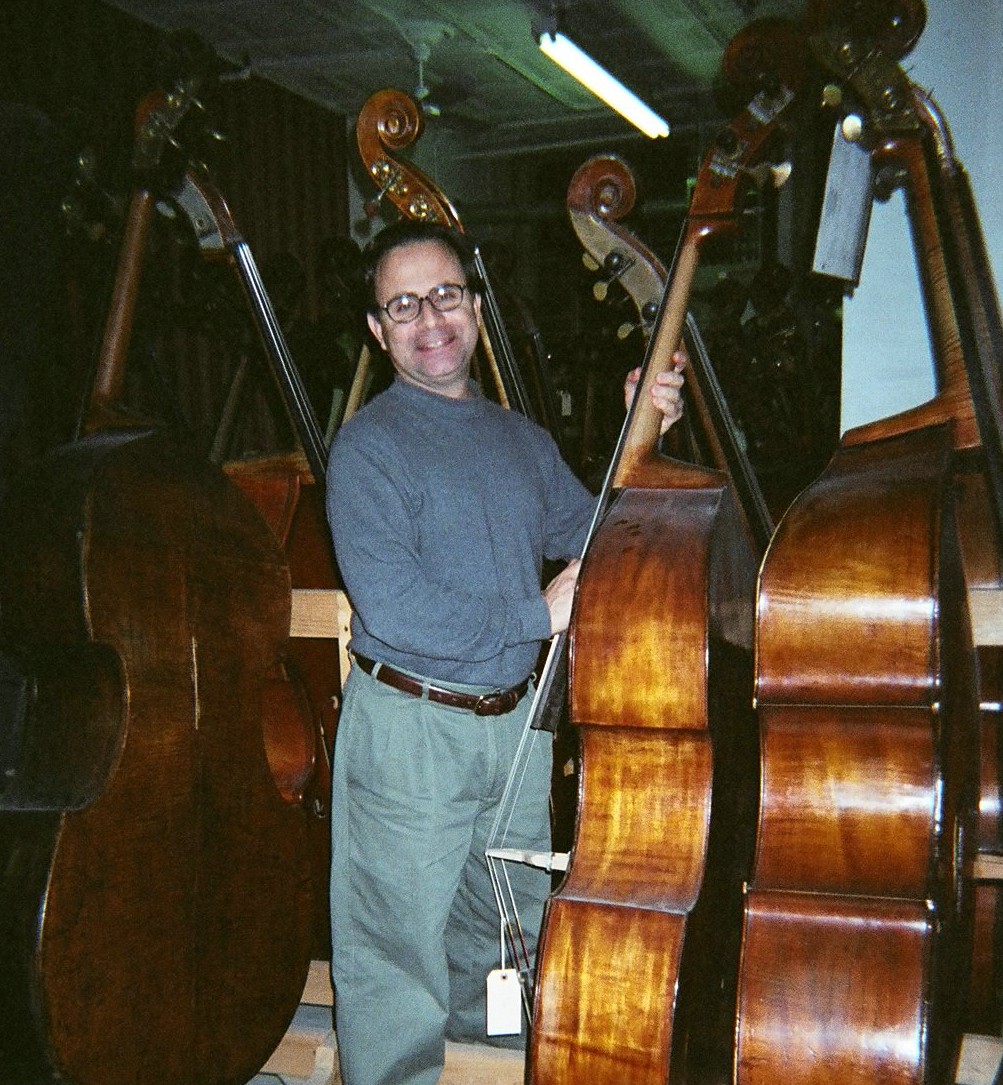

Bio
I've been involved with musical performance since 1965. Encouraged by my father Nabih Ara, a popular Middle Eastern Oud player from Homs, Syria; I was given an inexpensive guitar and amp, a Sears "special" to learn on. Dad was extremely supportive and insisted that I sing and play my guitar for our family and friends whenever company stopped by our apartment in Brooklyn.
There was always something musical going on at our apartment and my father had a sizable collection of middle eastern recordings. You never knew who would drop by with an oud, guitar, dumbek (or darabuka), violin or tambourine. We even had a belly dancer or two come by from time to time!
With dads encouragement, I decided to go beyond the 10 chords and solos I had memorized and formed a band in 1965. We called ourselves The Jewels and played at neighorhood block parties, basement gatherings and for anyone who wanted us to play. Back then, we got paid $20 for three hours. That worked out to $5 for each musician.
Time to learn more, so I began taking guitar lessons at Lombardo's Music Store with Charles Dittier, a Brooklyn-based jazz guitarist, and continued to play at the local neighborhood VFW Posts, American Legion Halls and church dances for the next two years. Like today, there was a ton of talent in the 60's back in Brooklyn. There was a competing band in the neighborhood called,The Chosen Few. In fact, we were practically no competition to them at all since by 1967, they had a contract with Atlantic records, a couple of singles, and a sizable NYC following. Not bad considering that they were only about 16 years old. To compete, we figured it would be a good idea to name our band something similar to their name, so we came up with the name The One Kind. Needless to say, it didn't help us one bit. The Chosen Few's lead guitarist was a friend from Junior High School and we both played guitar in the school's dance band. By the way, his name is Richie Zito, so I guess he won the competition decidedly!
One day I borrowed our bassist's Hagstrom electric bass and immediately fell in love with the instrument. It seemed like it had to be easier to play than guitar since, after all, it only had four strings! Before long, I was composing bass lines and listening to Ray Brown and Ron Carter. In 1970 I eventually sold the Hagstrom and moved up to a used '62 Fender P Bass. Little did I know that someday I would own my own double bass (a "real" bass, LOL!).
Note that I was playing bass in the photo below, while Rusty, our usual bassist, was playing my guitar. Shortly thereafter, I switched over to bass as my primary instrument and bought Rusty's entire rig, bass, amp and cases.
I was not a music major in college, but in 1970, I enrolled in several music courses, one of which was Jazz Theory, taught by the late Pastor John Gensel, "Pastor to the Jazz Community" in Manhattan. Pastor Gensel would bring in various prominent jazz musicians during the weekly four hour class. This proved to be another eye opener for me back then and continues to be a fundamental source of inspiration to this very day. I continued to play bass in cover bands in Brooklyn. My mom's cousin suggested to her that I consider asking her son, Paul, to play keyboards in one of our groups. He came down to our basement practice room and impressed us with his playing and more so, with his writing. He just loved to pull out the latest song he'd written and we'd play along. I wasn't sure this would help us get gigs, though, since original material wasn't what the kids in High School really wanted to hear. Paul stayed on with us for a brief period and then moved on to eventually create something called "disco". You can check out Paul Jabara for yourself. Rest in peace, cousin.
In the late '70s, a friend of mine invited me to hear his bluegrass band play in Manhattan. While the bassist was quite capable, it was the banjo player that held my interest that day. Well, you guessed it, I went out bought a 5 string banjo and began taking lessons with Marc Horowitz. Marc was an extraordinary musician but the lessons were few and far between since he was always on tour with some famous recording star. I do recall that there was a "kid" who had the lesson ahead of me, the same time each week. He had awesome chops and was clearly quite gifted. I soon learned that his name was Bela Fleck which goes to show that I really know how to recognize talent when I hear it! I played banjo in several bluegrass groups, mostly with Long Island's Pound Hollow Boys. I've also worked the Bluegrass Festival shows in the Northeast US and have been asked to join many legends on stage during the closeout tunes on Sunday.
It's been an honor to have been introduced by Bill Monroe, Ralph Stanley, Sonny Osborn and Jimmy Martin among many others. What's important here is that I finally had the opportunity to experiment with our bassist's 7/8 size double bass. Intonation and stamina notwithstanding, it seemed that I just might be able to play that big beast. Several years later I purchased my first bass, a plywood model made in Romania.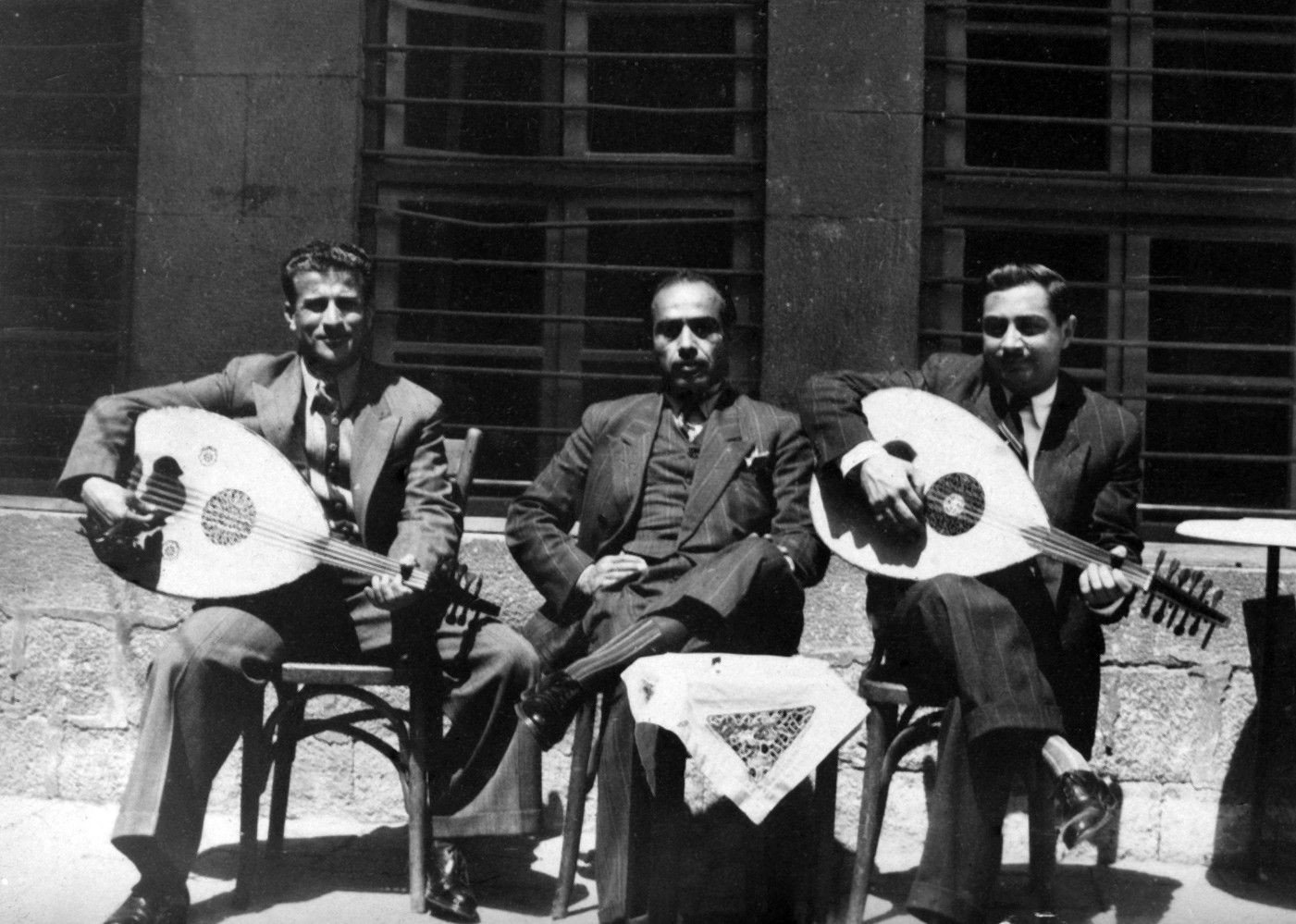
Nabih Ara (left) with unidentified vocalist and oudist at our family home; Homs, Syria; circa 1936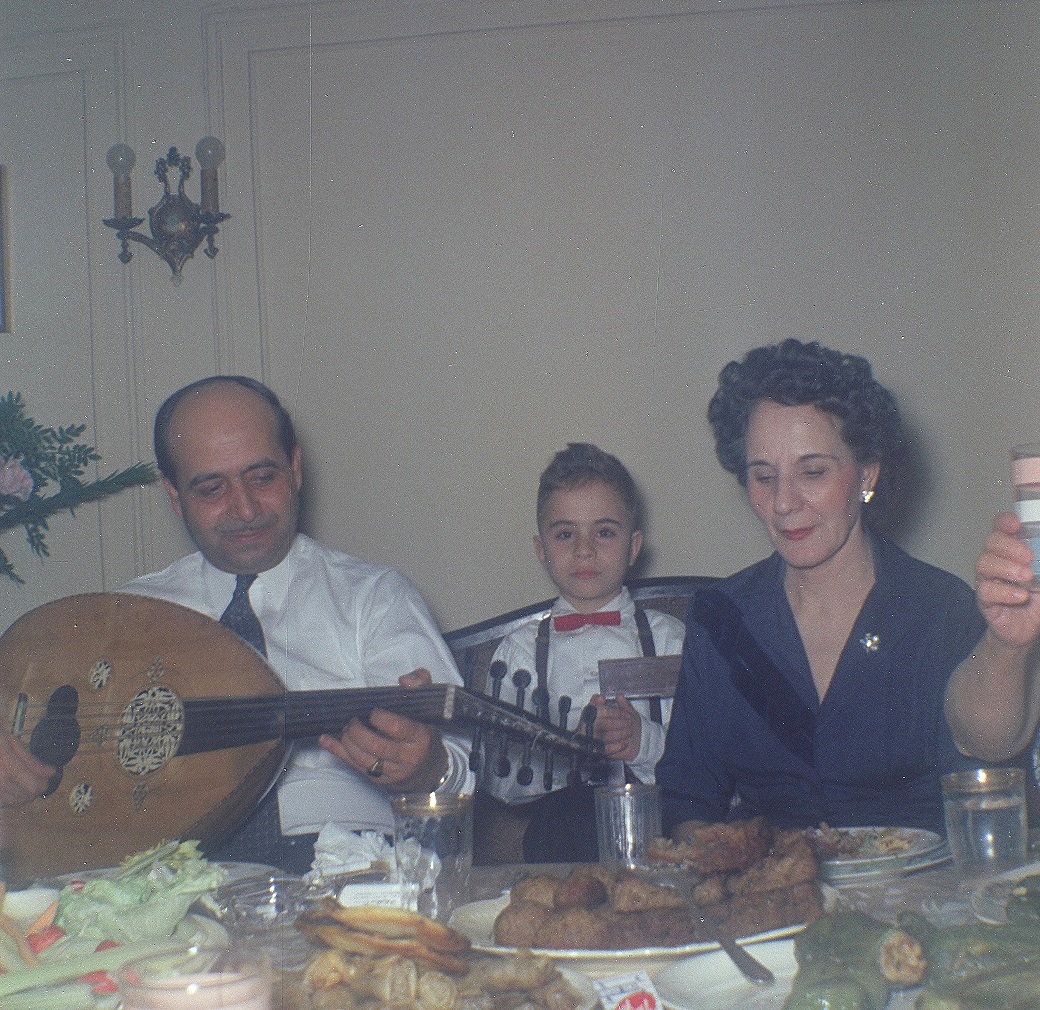
Mom and I with Cousin Najeeb on the oud. Bay Ridge, Brooklyn, NY; circa 1957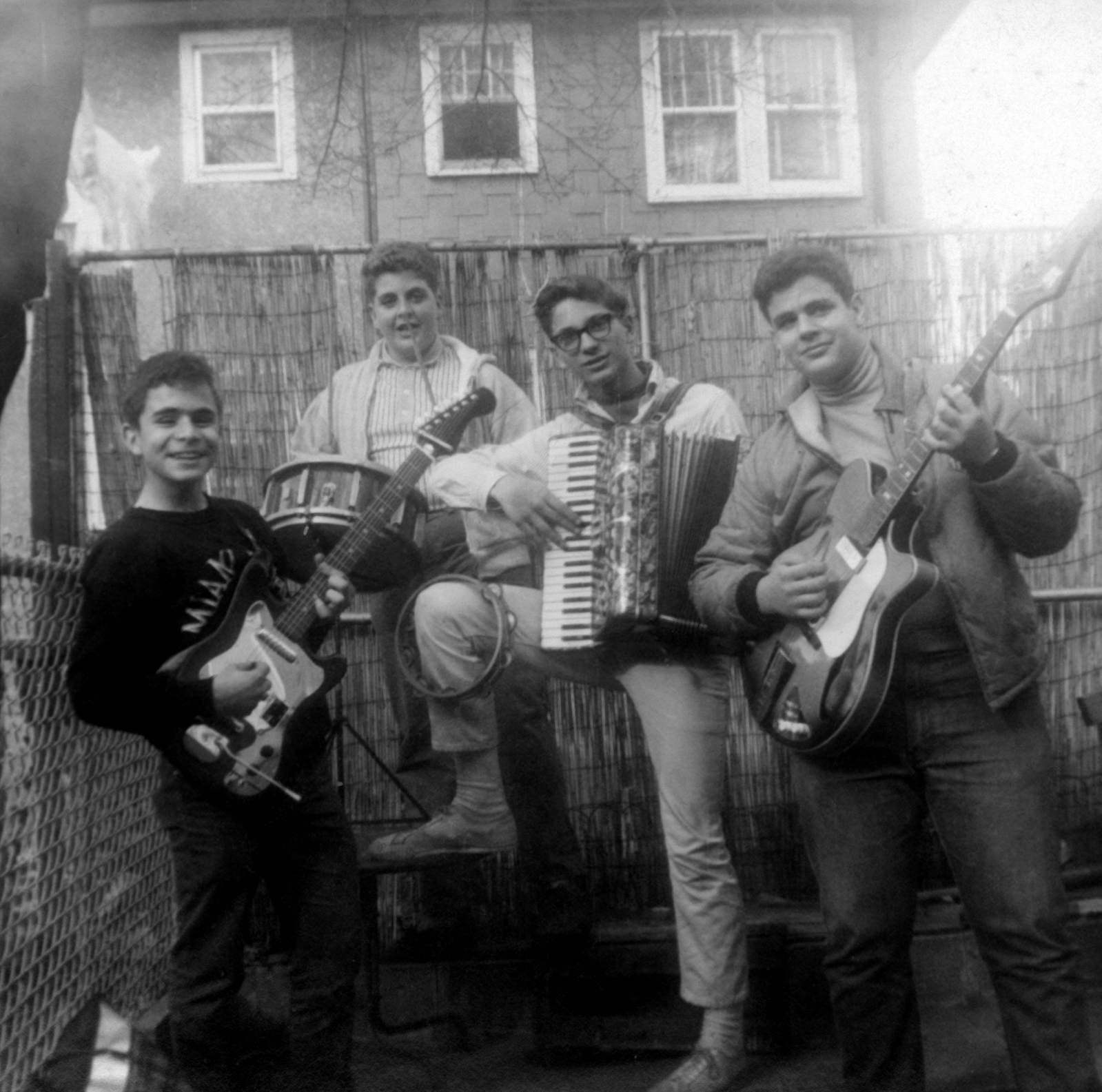
Presenting: The Jewels! from left: Nick Ara, Richie Deveglio, Gregory Balabushka, Richie Ippolito. Photo taken at Greg's backyard in Brooklyn, NY; 1965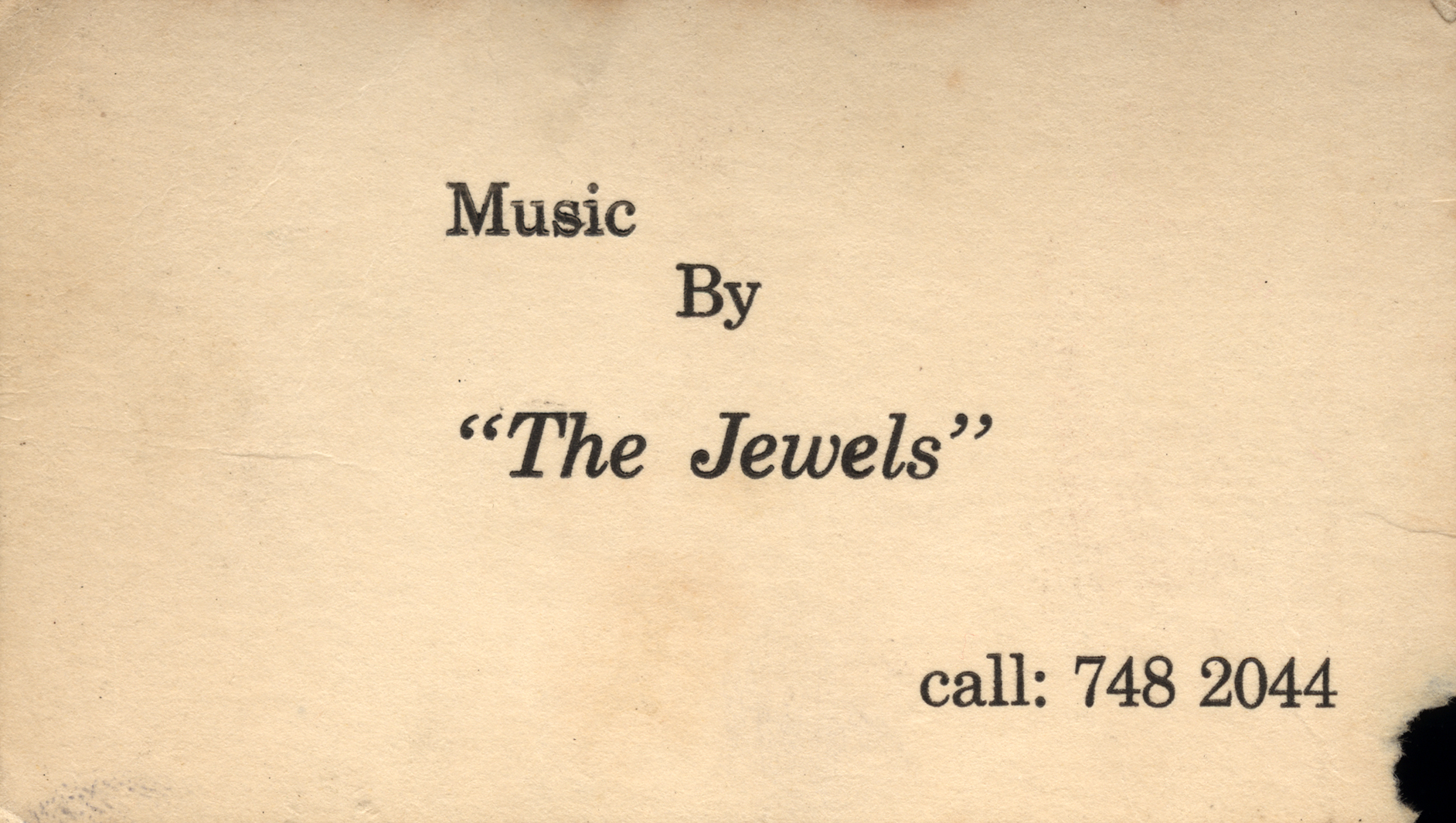
The Jewels business card including mouse bite, 1965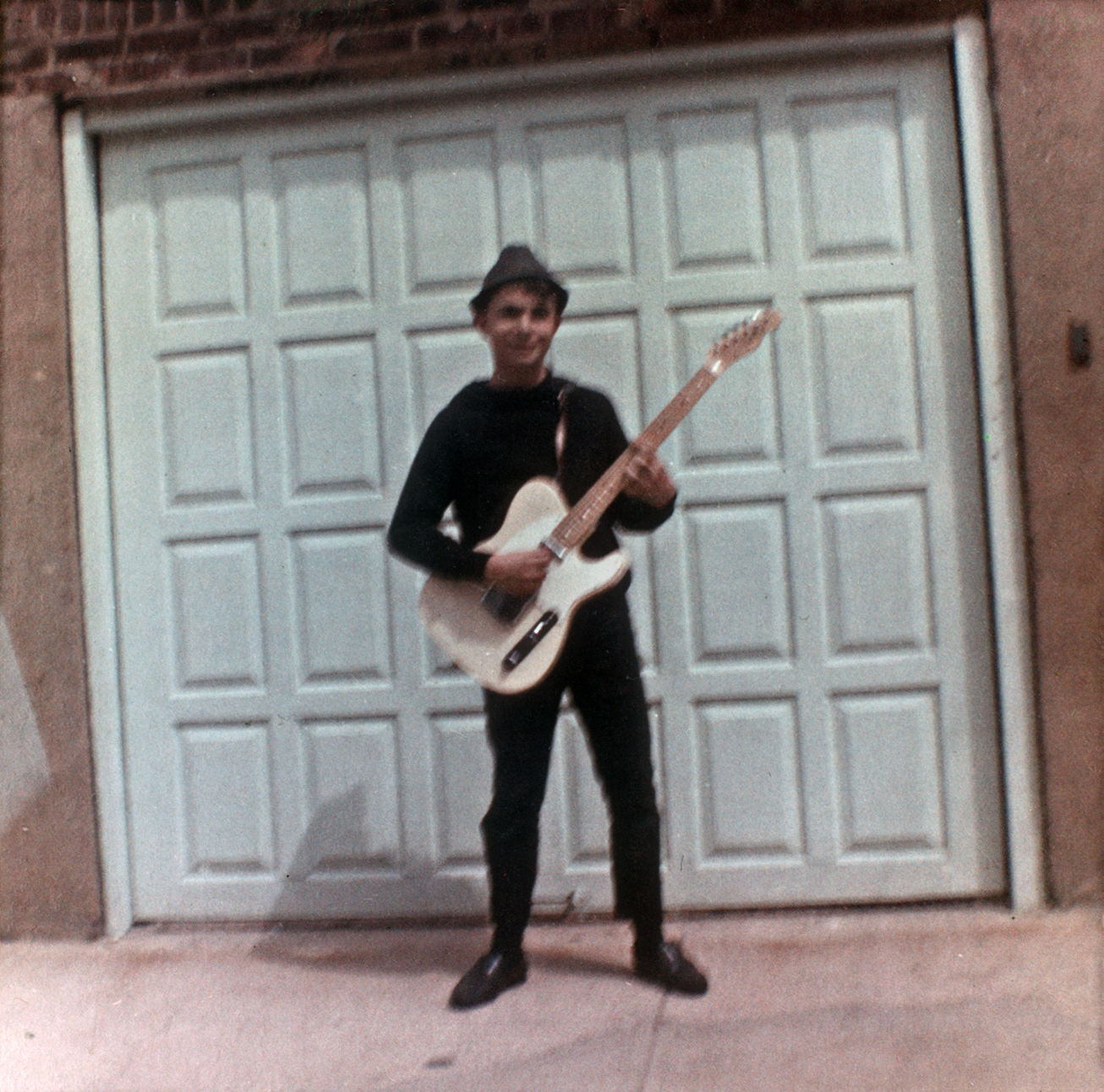
Here I am, the proud papa of a brand new Telecaster! Bay Ridge, Brooklyn, NY. March 1967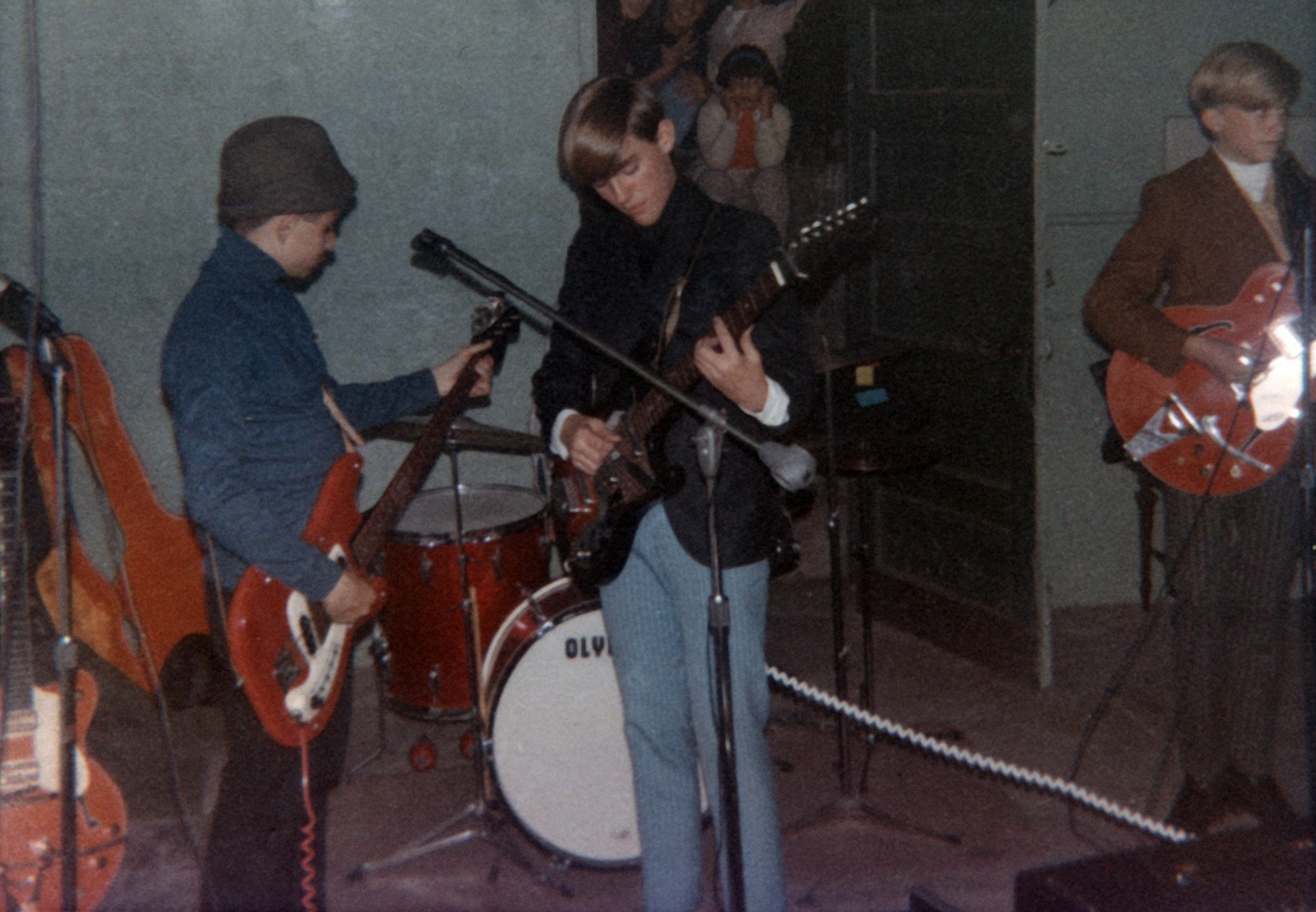
Presenting: The One Kind! from left: Nick Ara, Wade "Rusty" Ripka, John Griffin (hidden), Glenn Melhus. Photo taken at a basement party; Brooklyn, NY, 1967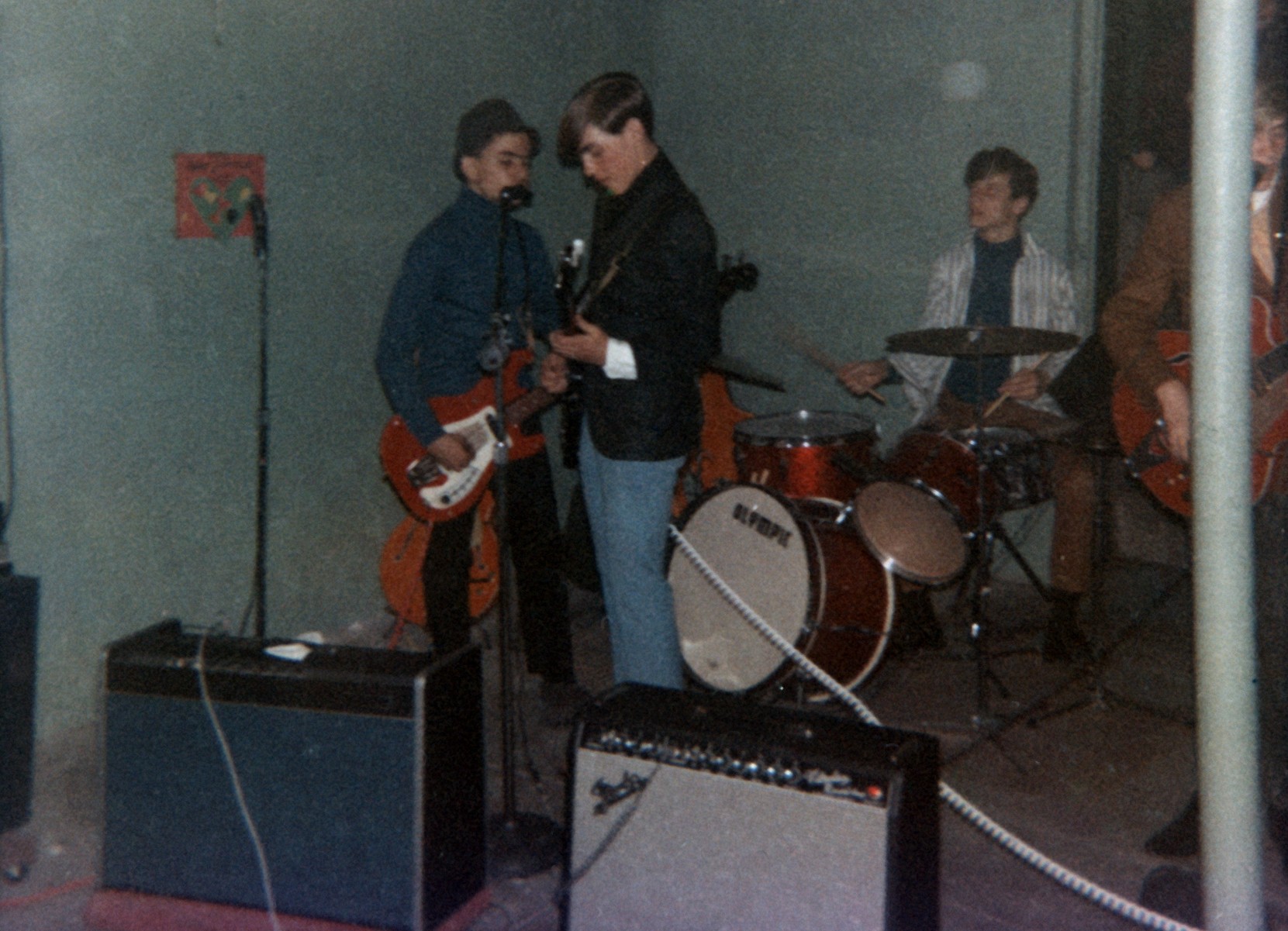
The One Kind. from left: Nick Ara, Wade "Rusty" Ripka, John Griffin, Glenn Melhus (hidden). Photo taken at a basement party; Brooklyn, NY, 1967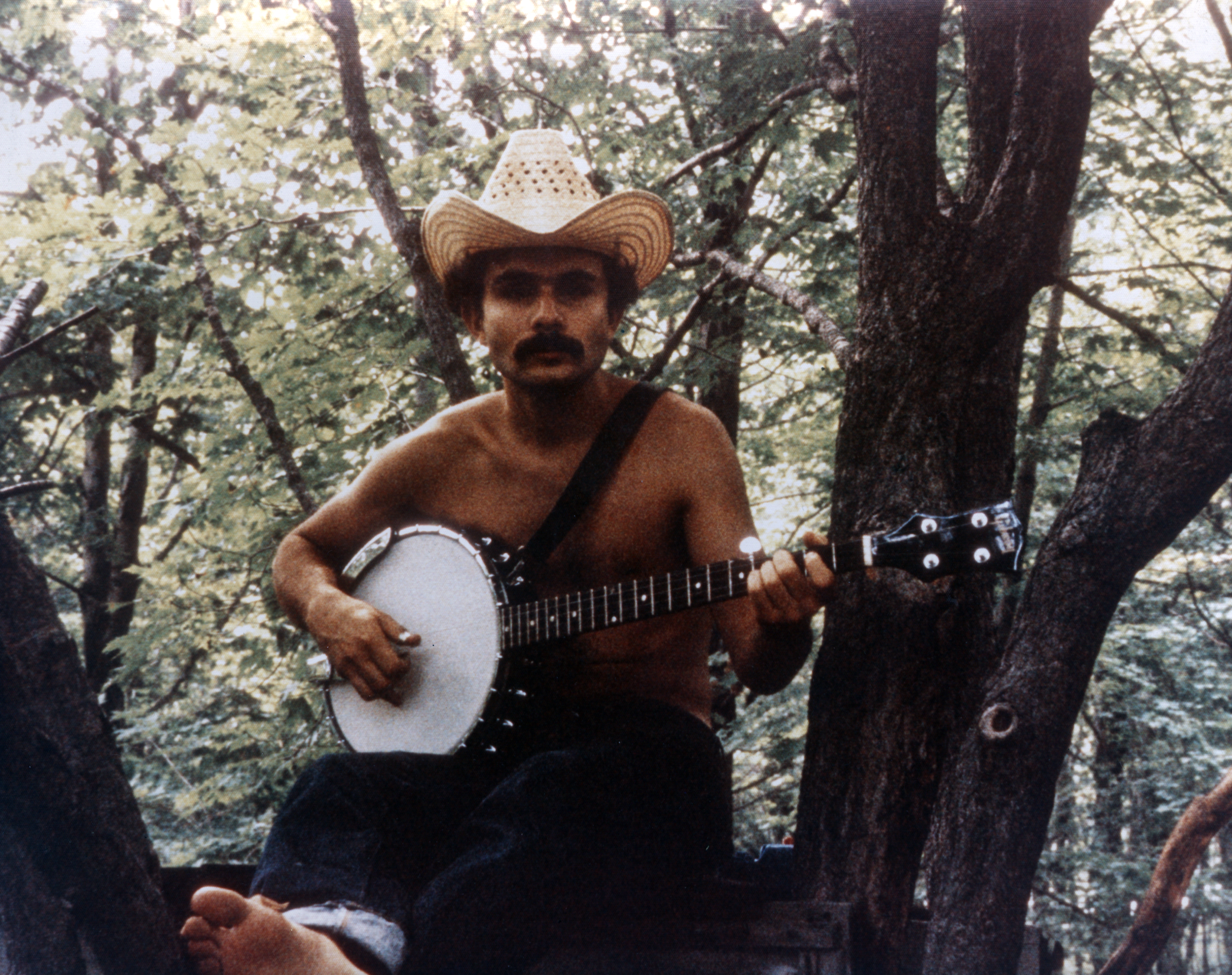
5 string banjos might sound better played in a tree. Sussex County, New Jersey, August 1974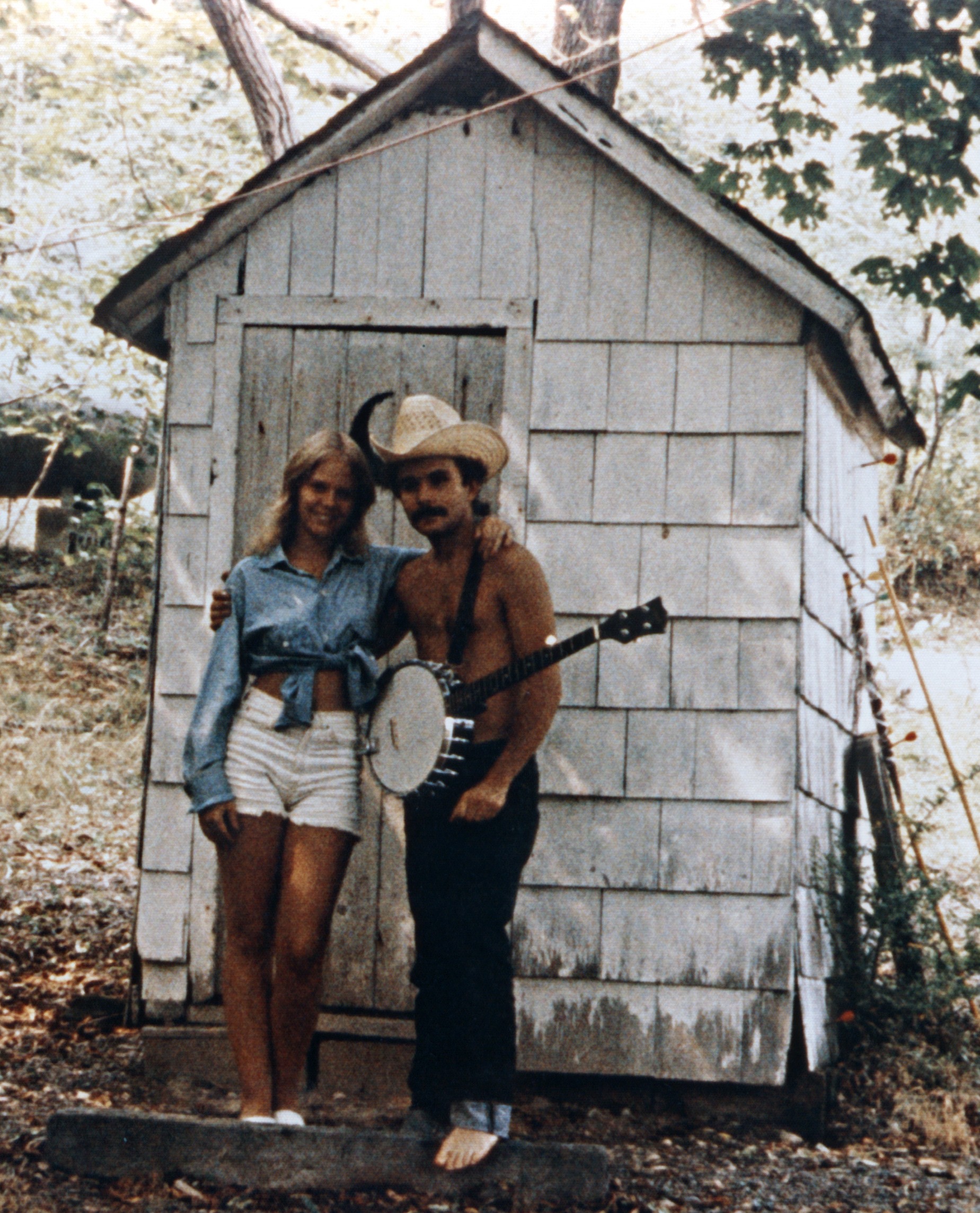
At John's farm with Susan. Sussex County, New Jersey, August 1974
My "Bass Philosophy"
I continue to perform on the electric bass. It simply is the right tool for many tasks in music. In the jazz idiom however, acoustic bass is superior in my judgement. Reasons for this include the differing levels of sustain, tone, bloom (aka "mwah factor") and placement in the frequency spectrum. Yes, the double bass is clearly more of a challenge to play. Yes, jazz, in and of itself, can be a complex style of music. Combine both of these factors and you'll understand the responsibilities of the double bassist in the jazz environment and why playing the double bass is perhaps the hardest thing I've ever tried to accomplish in music. You must delineate the harmony of a song. You must anchor the rhythmic pulse. You must provide melodic counterpoint. You must form a death-grip bond within the rhythm section but also negotiate, on the fly, individual relationships with the pianist, drummer, and horn soloists. And you must play with a resonant tone, expert intonation, and dogged stamina -- no matter how many choruses the long-winded soloist might take.
And if you can do all that, the rest is easy.

Copyright ©1997-2011 Ara Research & Development.
All Rights Reserved. AR&D liability, trademark and document use rules apply. Your interactions with this site are in accordance with our privacy statement.